As cities evolve, so do the ways we live, work, and interact with our surroundings. The most progressive urban centres are adapting by prioritising sustainability, flexibility, and community connection.
Maroochydore City Centre, Australia’s newest city centre and first greenfield CBD development in over a century, is at the forefront of this transformation. With construction on SOL set to begin, alongside major projects like Maroochy Private Hospital and 50 First Avenue, the precinct stands as a prime example of bold new trends shaping the future of city life.
A recent report by Brickfields, Futurecast 2024, highlights key global trends shaping retail, workplace, residential, mobility, and construction. The report identifies a shift towards sustainability, flexibility, and community-driven development, all of which are key to the evolution of modern cities. These trends are particularly evident in the transformation of Maroochydore City Centre, where forward-thinking design is setting the stage for a new kind of urban experience on the Sunshine Coast.
Neighbourhood retail: The local upgrade
Retail is no longer just about transactions; it’s about creating experiences and strengthening community connections. As lifestyles evolve, people seek more convenience and a greater sense of belonging.
Maroochydore City Centre is embracing this by creating a walkable urban environment where retail and hospitality go beyond the ordinary. Imagine a barber that transforms into a bar at night, a destination restaurant where you can take home a bottle from a carefully curated wine selection next door, and an undeveloped site hosting a vibrant events program that supports local businesses and brings the community together throughout the week. It’s connections like these that give a city its heart. By designing retail for the way people live today, the focus is on flexibility, immersion, and catering to the needs and wants of our community.

Workplace evolution: The rise of in-between spaces
The way we work has changed.
Traditional office environments are evolving, giving way to dynamic ‘in-between spaces’, hybrid work zones that blend seamlessly into urban life.
A standout example is the award-winning Sunshine Coast Council City Hall, where open-air meeting areas, flexible workspaces and green spaces have been thoughtfully integrated to support employee wellness, creativity and collaboration.
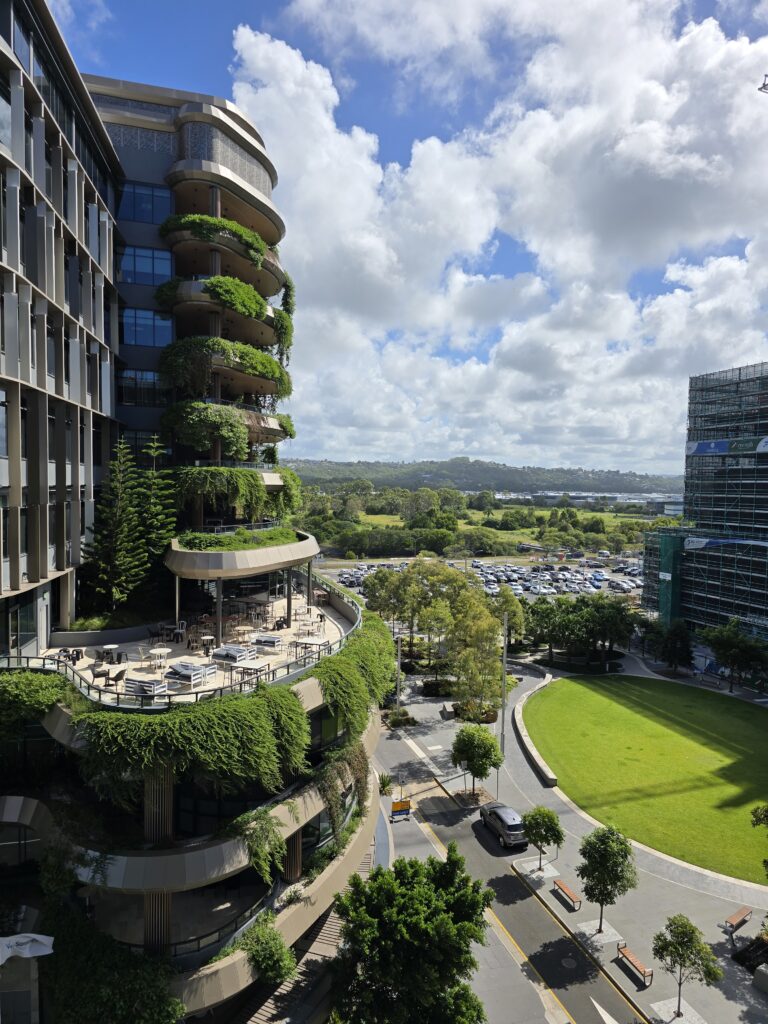
Across Maroochydore City Centre, hybrid work zones, ranging from flexible coworking areas to technology-enabled meeting hubs, offer adaptable spaces that go beyond the four-walled office. They provide the freedom to work in ways that support both focus and wellbeing, allowing people to transition effortlessly between work, relaxation, and connection throughout the day.
And it’s not just our workspaces that are benefiting from this approach – residential developments are also placing well-being at the centre of their designs. Maroochydore City Centre’s newest residential offering, SOL, is set to integrate living spaces with community-focused features, such as ground-level retail, a rooftop terrace, and a dedicated co-working area. These elements, along features including a resident library, gym, outdoor yoga zones, and a communal vegetable garden, are designed to foster connection and well-being.
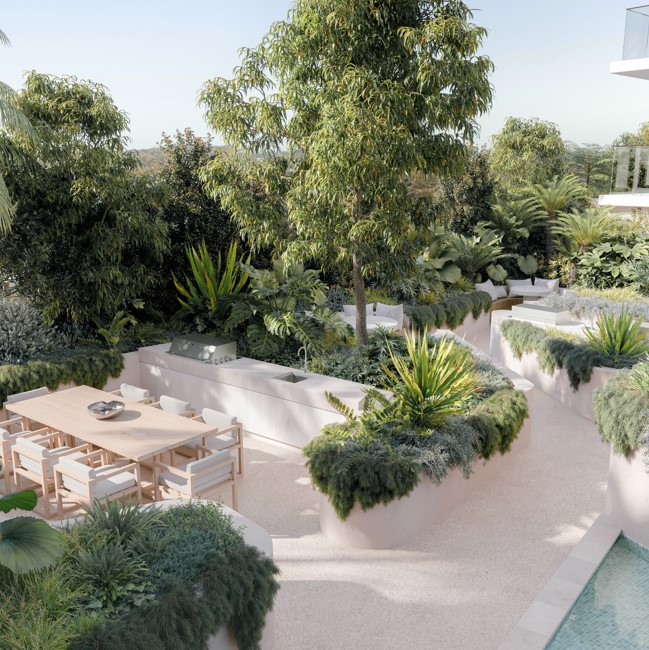
Adaptive affordability in residential development
With the rapid rise in population on the Sunshine Coast, housing affordability continues to place pressure on the community, highlighting the need for solutions beyond traditional models. Futurecast 2024 underscores the importance of tailored approaches that cater to diverse demographics.
For decades, Australia has focused on expanding outward, often resulting in vast urban sprawl. Now, the focus is shifting to higher-density development in well-connected urban hubs. While the Sunshine Coast remains one of the least densely populated regions in South East Queensland – at approximately 142 people per square kilometre compared to Brisbane’s 917 – the demand for well-designed, high-quality apartment living is growing. As the Sunshine Coast continues to grow, the goal is clear: to create sustainable communities that offer both affordability and liveability, meeting the needs of people at every stage of life.
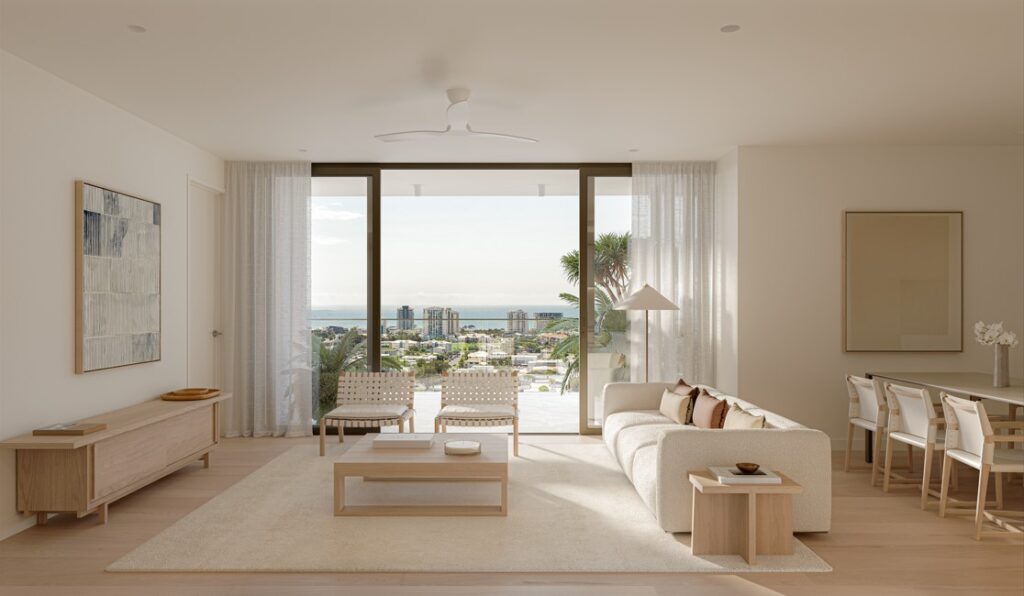
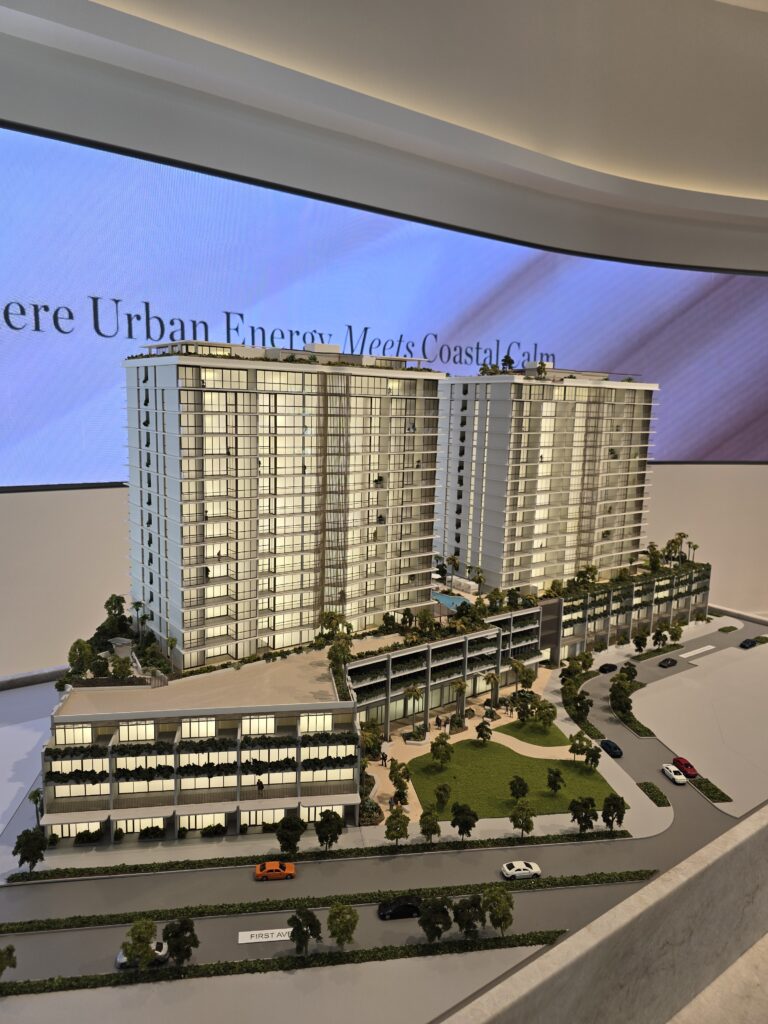
Sustainable mobility: Encouraging E-bike culture
Urban transport is undergoing a shift, with active transport emerging as a key piece of the mobility puzzle. As more people opt for cycling over cars, cities must respond with infrastructure that makes it an easy and attractive choice.
Futurecast 2024 highlights how rapid e-bike adoption is reshaping cities worldwide. On the Sunshine Coast, which has the 2nd highest private vehicle ownership rates in the country and just 12% of the population using active transport, Maroochydore City Centre’s outlook is encouraging.
Travel To Work data captured during Sustainable Travel Week in 2023 showed 38 per cent of city workers used active travel to get to work.
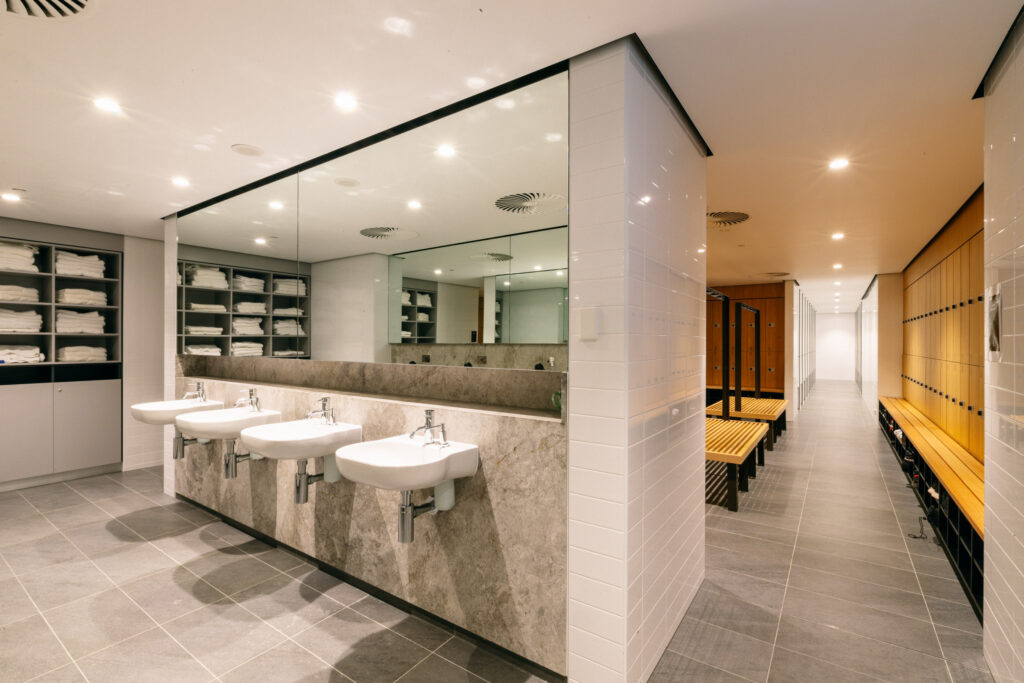
To encourage mode shift away from private vehicles, Maroochydore City Centre is integrating cycling paths, pedestrian friendly design and end-of-trip facilities. By making active transport more accessible, the city is contributing to better urban health, reduced congestion, and a more environmentally conscious way of moving, creating a future where active transport is the norm, not the exception.
As more people embrace cycling and walking, the benefits ripple through the community: businesses see increased foot traffic, streets become safer and more vibrant, and emissions are reduced.
Sustainable construction: Building for the future
Climate-conscious construction is no longer optional, it’s essential.
With the built environment responsible for a significant portion of global carbon emissions, innovative materials and sustainable practices are shaping the future of development. Futurecast 2024 highlights how new technologies are contributing to sustainability goals.
Maroochydore City Centre is embracing this shift, with many buildings achieving high Green Star ratings. 50 First Avenue is on track to become the Sunshine Coast’s most sustainable commercial tower, while Envac’s underground waste system is reducing emissions and improving efficiency. By incorporating smart technology, energy-efficient design, and green infrastructure, the city is setting new benchmarks for sustainability in urban development.
As the city centre to evolves, the masterplan will continue to adapt, ensuring environmental considerations are reflected in future design and development.
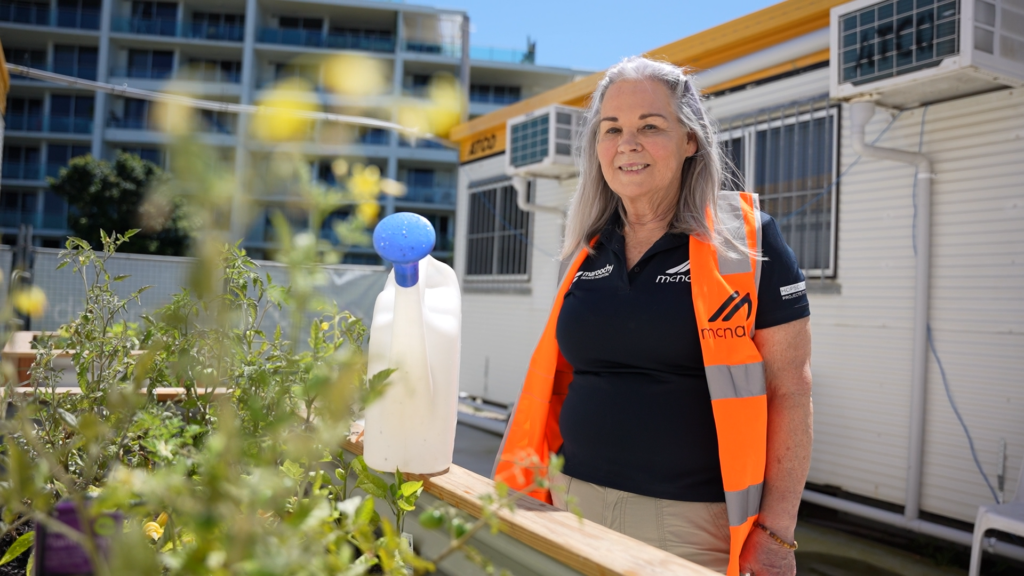
A city designed for what’s next
Maroochydore City Centre isn’t just keeping up with these global trends, it’s actively shaping them.
From specialist retail and flexible workspaces to sustainable transport and climate-responsive construction, the city embodies the next generation of urban living.
Momentum is building and the future of the Sunshine Coast is taking shape right here.
